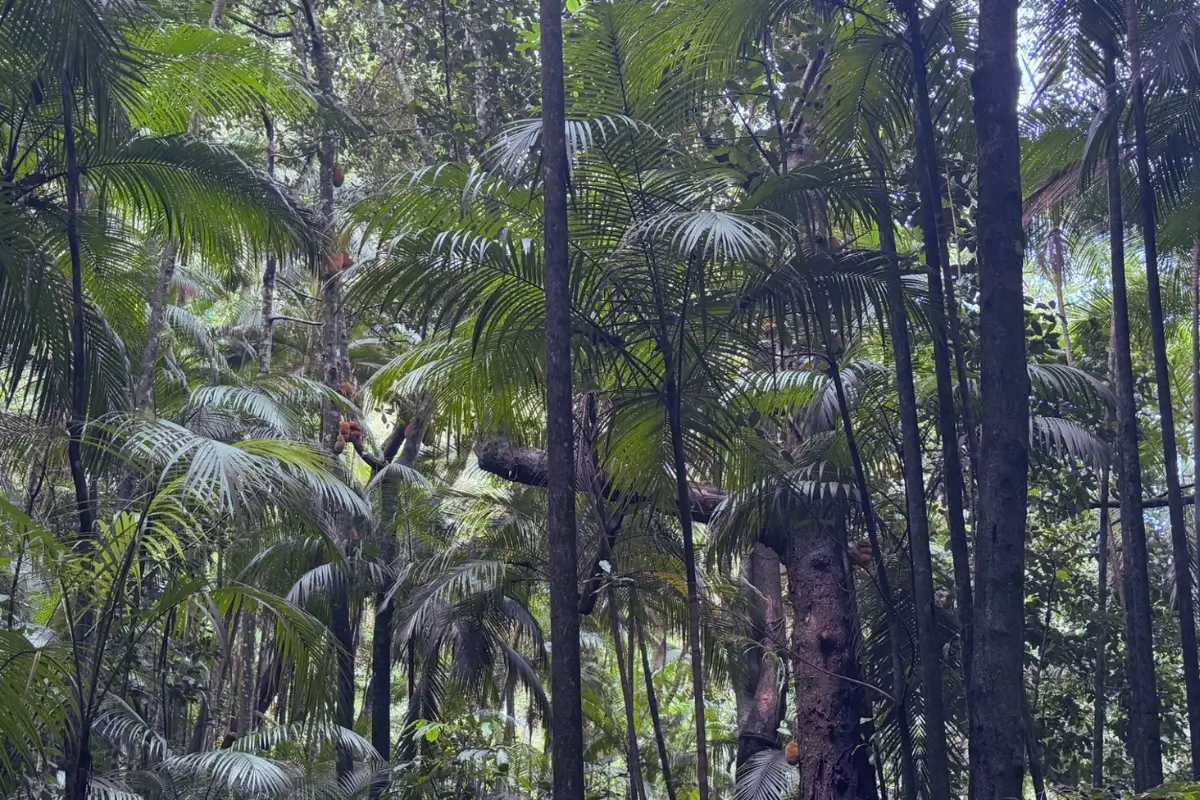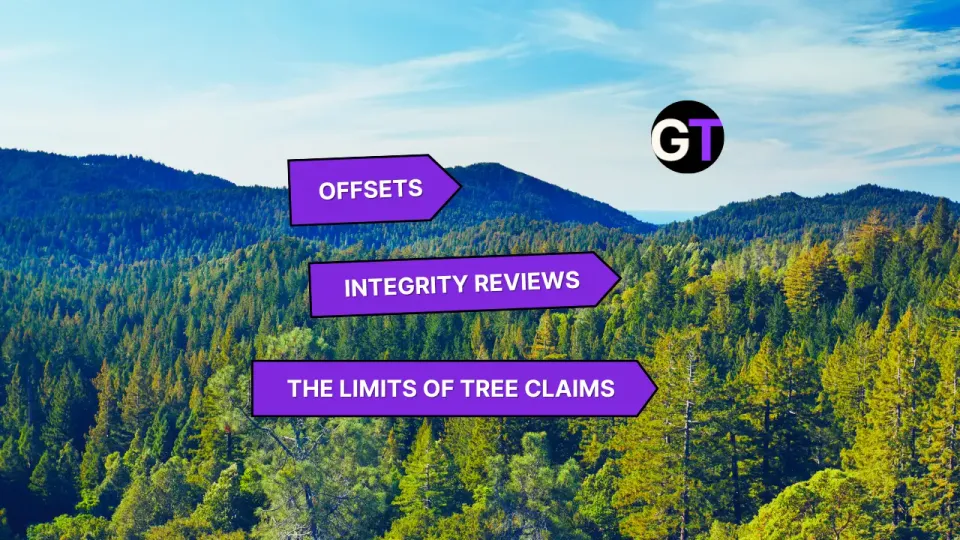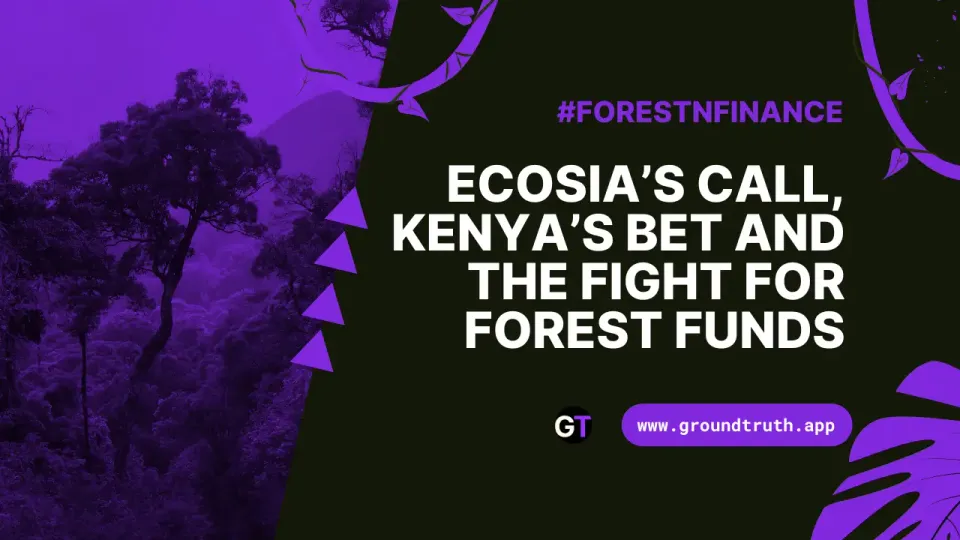Reforestation Can be Funded With Tiny Fraction of Global GDP
...but the inequitable distribution of restoration needs means poorer countries bear a disproportionately higher share of that cost.

This story by Liz Kimbroughis originally appeared in Mongabay.
- A new study reveals that implementing global land restoration pledges across 115 nations would cost between $311 billion and $2.1 trillion, representing only 0.04-0.27% of annual global GDP over 10 years.
- The research analyzed 243 restoration projects worldwide, finding that costs vary significantly by method: from $185 per hectare ($75 per acre) for forest management, to more than $3,000 per hectare ($1,200 per acre) for silvopasture systems.
- While nearly half of all global restoration commitments are concentrated in sub-Saharan Africa, this region would need to spend 3.7% of its annual GDP to fulfill its pledges, highlighting the need for international financial support.
- The study’s cost estimates focus primarily on direct implementation costs and exclude important factors like monitoring and opportunity costs, suggesting actual restoration expenses could be higher than projected.
Restoring degraded land around the world would cost a fraction of a percent of global GDP to fund, a new study shows, but the inequitable distribution of restoration needs means poorer countries bear a disproportionately higher share of that cost.
With an estimated 40% of land degraded globally, 115 nations have pledged to restore nearly 1 billion hectares (2.5 billion acres) of degraded land — an area roughly the size of Canada. These commitments through international environmental agreements, such as the Convention on Biological Diversity and the Bonn Challenge, include both restoring natural ecosystems and improving the management of agricultural lands.
According to the first comprehensive analysis of the costs of these global restoration commitments, restoring these degraded lands globally could cost between $311 billion and $2.1 trillion. While substantial, that’s just 0.04-0.27% of annual global GDP if spread over 10 years.
According to the United Nations Convention to Combat Desertification, every dollar spent on restoring degraded lands brings between $7 and $30 in economic returns.
The research team analyzed data from 243 restoration projects worldwide, revealing large variations in costs — from $185 per hectare ($75 per acre) for forest management, to more than $3,000 per hectare ($1,200 per acre) for silvopasture systems that combine trees and grazing animals.
“We wanted to have an overview of all the cost estimates of different restoration types that are available, and then see if we could find factors that explain the variation in costs between restoration types and between countries,” study lead author Dewy Verhoeven, a Ph.D. candidate at Wageningen University & Research in the Netherlands, told Mongabay.

The study defines restoration broadly: from fully restoring ecosystems to their natural state, to rehabilitating land for farming, to simply improving how land is currently managed. It includes measures like agroforestry, improved grazing practices, and assisted natural regeneration. Land doesn’t need to be completely degraded to be restored.
The researchers looked at cost data from three sources: the World Bank, the World Overview of Conservation Approaches and Technologies (WOCAT) database, and academic literature. Using this data, they developed an economic model to estimate implementation costs for the nearly 1 billion hectares of committed land restoration.
Robin Chazdon, a restoration expert not involved in the study, explained how the research team approached their analysis. “[Th]e authors were able to compare implementation and maintenance costs across a wide range of restoration activities and locations,” Chazdon told Mongabay in an email. “They found that country-level GDP was the main factor influencing restoration costs, suggesting that costs of labor and supplies for restoration activities closely track national GDP levels.”

Most restoration commitments are concentrated in developing nations, particularly in sub-Saharan Africa, which accounts for nearly half of all global commitments. However, this region would need to spend 3.7% of its annual GDP to fulfill its pledges — a huge financial burden.
“From a global perspective, it’s very efficient to do a lot of restoration in lower income countries, because that’s where it’s relatively cheap. But they need help,” Verhoeven said. This help, according to the study could include variations of Payment for Ecosystem Services (PES) and unconditional subsidies.
“Poor countries bear the greatest restoration needs but are the least able to finance the needed restoration action,” Chazdon said. “This fact underscores the urgent need for cost-sharing mechanisms across countries and for implementation of low-cost and landscape-scale restoration approaches when the conditions are suitable.”
The study focuses primarily on direct implementation costs, excluding opportunity costs — the money landowners lose when they can’t use their land for farming or other economically profitable activities.
“Passive regeneration is basically just fencing off an area and leaving it alone,” Verhoeven said. “Those costs are very low, maybe you have to install a fence and that’s it. But the opportunity costs are very large because you cannot use the land anymore.”
Such factors can “tip the balance” for whether or not restoration or conservation is a viable option for a landowner, Chazdon said. “If we do not account properly for these costs, we cannot use this information to better plan cost-effective practices and to find sources of financing that will not overly burden landowners or community members.”

The study found that different organizations reported very different costs for similar projects. For example, when WOCAT tracked project costs, they were about three times more expensive than when the World Bank tracked them. This suggests the need for a standardized way to measure and report these costs.
Beyond measuring costs accurately, countries may need help deciding which areas to restore and what methods to use.
“There are many approaches and tools for prioritizing restoration approaches and opportunities that countries can use,” Chazdon said. She cited the WePlan Forests tool for tropical forest restoration, and the Plangea tool for multiple ecosystem types. “Ultimately, these decision-support tools can be used to identify key areas for further assessment based on local needs and priorities.
“It is important to recognize that the costs of not restoring ecosystem will be substantially higher than costs of taking effective actions now,” Chazdon added.
License
Kimbrough, Liz. (2025, February 7). Study says land restoration worldwide can be funded with tiny fraction of global GDP. Mongabay. This article is republished under a Creative Commons Attribution-NoDerivatives 4.0 International (CC BY-ND 4.0) license.




